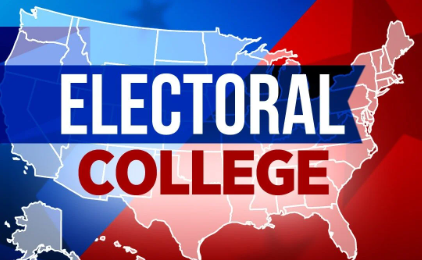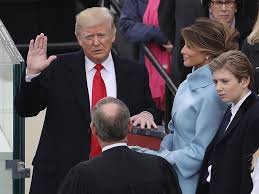
 Latest6 days ago
Latest6 days agoReactions follow US strikes on terrorist targets on Christmas Day

 Latest1 week ago
Latest1 week agoNigeria’s kidnap-for-ransom industry nets N2.57bn in one year

 News5 days ago
News5 days ago2027: Lagos Lawmaker Bonu galvanize support for Tinubu’s reelection, initiates fitness walk for Constituents Wellness, Unity

 Latest6 days ago
Latest6 days agoPresidency debunks viral claim of change in Tinubu’s Chief of Staff

 Health1 week ago
Health1 week agoStudy shows higher mortality rates among vaccinated infants

 News1 week ago
News1 week agoRadda defends governors, says FG controls majority of Nigeria’s wealth

 News1 week ago
News1 week agoNBA, Atiku urge FG to halt tax reform laws amid allegations of post-passage alterations

 Business5 days ago
Business5 days agoFG insists on January 2026 takeoff for new tax laws amid Reps’ alteration concerns














